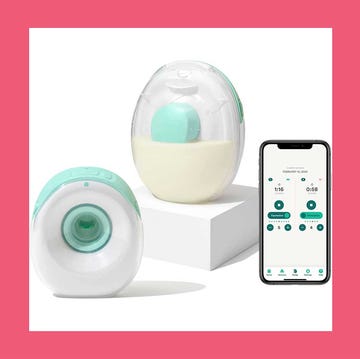11 Foods Everyone With Diabetes Should Keep In Their Kitchen
Stocking up can help keep your blood sugar levels in check.

It’s no secret that having a well-stocked kitchen makes it easier to eat healthy. But what should you keep on hand if you have diabetes?
“Thinking about what foods you should limit, like cakes or sweets, can make you feel deprived. Instead, it's better to focus on the many delicious, good-for-you foods you can add into your diet that can actually help manage your blood sugar,” says Martha McKittrick, RDN, CDE.
Here are 11 expert-recommended foods that do just that. Each deserves a regular spot in your pantry or fridge.
From: Prevention US

Marygrace Taylor is a health and wellness writer for Prevention, Parade, Women’s Health, Redbook, and others. She’s also the co-author of Prevention’s Eat Clean, Stay Lean: The Diet and Prevention’s Mediterranean Kitchen. Visit her at marygracetaylor.com.
Watch Next


Your 10 Biggest Walking Pains, Solved

50 Powerful Mental Health Quotes

11 Best Mattresses for Back Pain in 2023

The 7 Best Wearable Breast Pumps
Advertisement - Continue Reading Below
Advertisement - Continue Reading Below


















